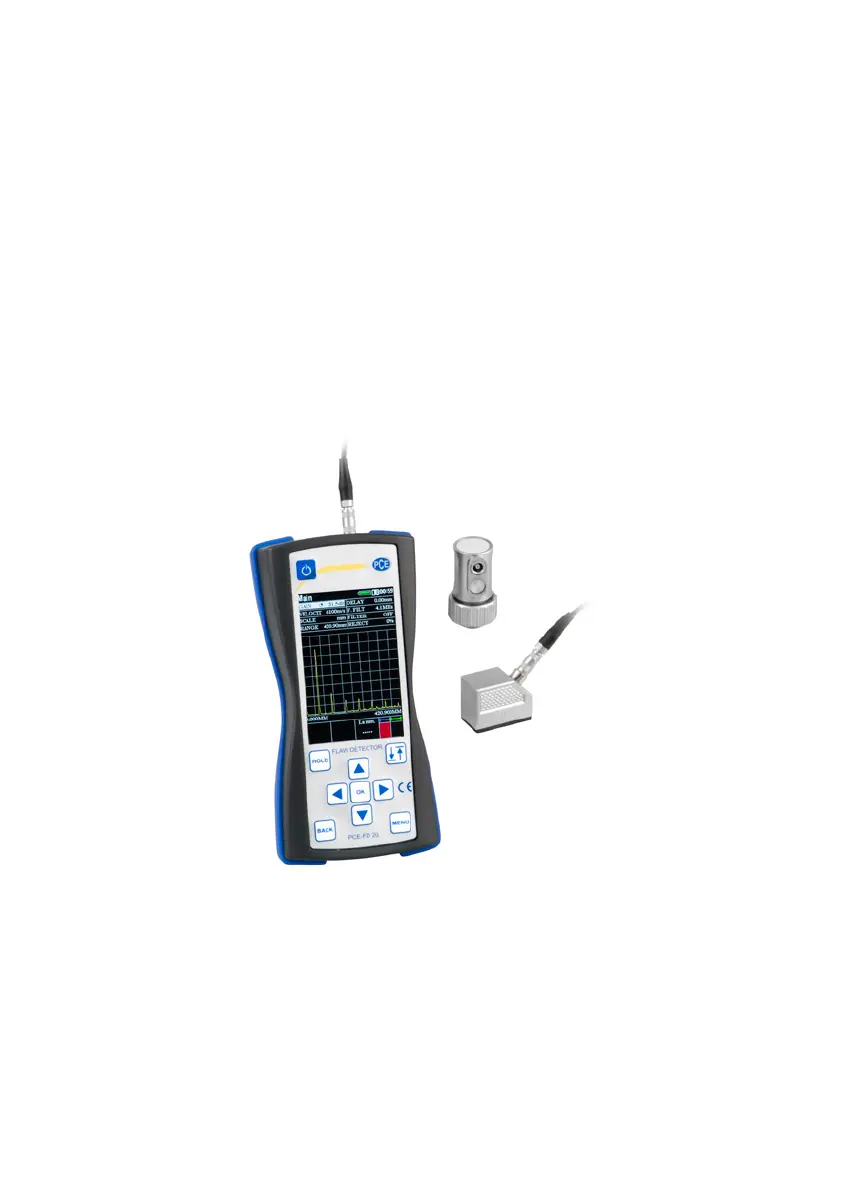PCE Instruments PCE-FD 20 Bruksanvisning
PCE Instruments
Måleutstyr
PCE-FD 20
Les nedenfor 📖 manual på norsk for PCE Instruments PCE-FD 20 (37 sider) i kategorien Måleutstyr. Denne guiden var nyttig for 25 personer og ble vurdert med 4.7 stjerner i gjennomsnitt av 13 brukere
Side 1/37

ULTRASONIC FLAW DETECTOR
PCE-FD 20
Operating Manual
2014
Produkspesifikasjoner
| Merke: | PCE Instruments |
| Kategori: | Måleutstyr |
| Modell: | PCE-FD 20 |
Trenger du hjelp?
Hvis du trenger hjelp med PCE Instruments PCE-FD 20 still et spørsmål nedenfor, og andre brukere vil svare deg
Måleutstyr PCE Instruments Manualer

29 Mars 2025

29 Mars 2025

29 Mars 2025

29 Mars 2025

29 Mars 2025

29 Mars 2025

29 Mars 2025

29 Mars 2025

29 Mars 2025

29 Mars 2025
Måleutstyr Manualer
- Angler
- Kopp
- CEM
- Topex
- Aeroqual
- Flex
- Technics
- Metrel
- Greisinger
- Brookhuis
- Ideal
- KS Tools
- Phoenix Contact
- Murideo
- Milesight
Nyeste Måleutstyr Manualer

3 April 2025

3 April 2025

3 April 2025

3 April 2025

3 April 2025

3 April 2025

3 April 2025

3 April 2025

3 April 2025

3 April 2025